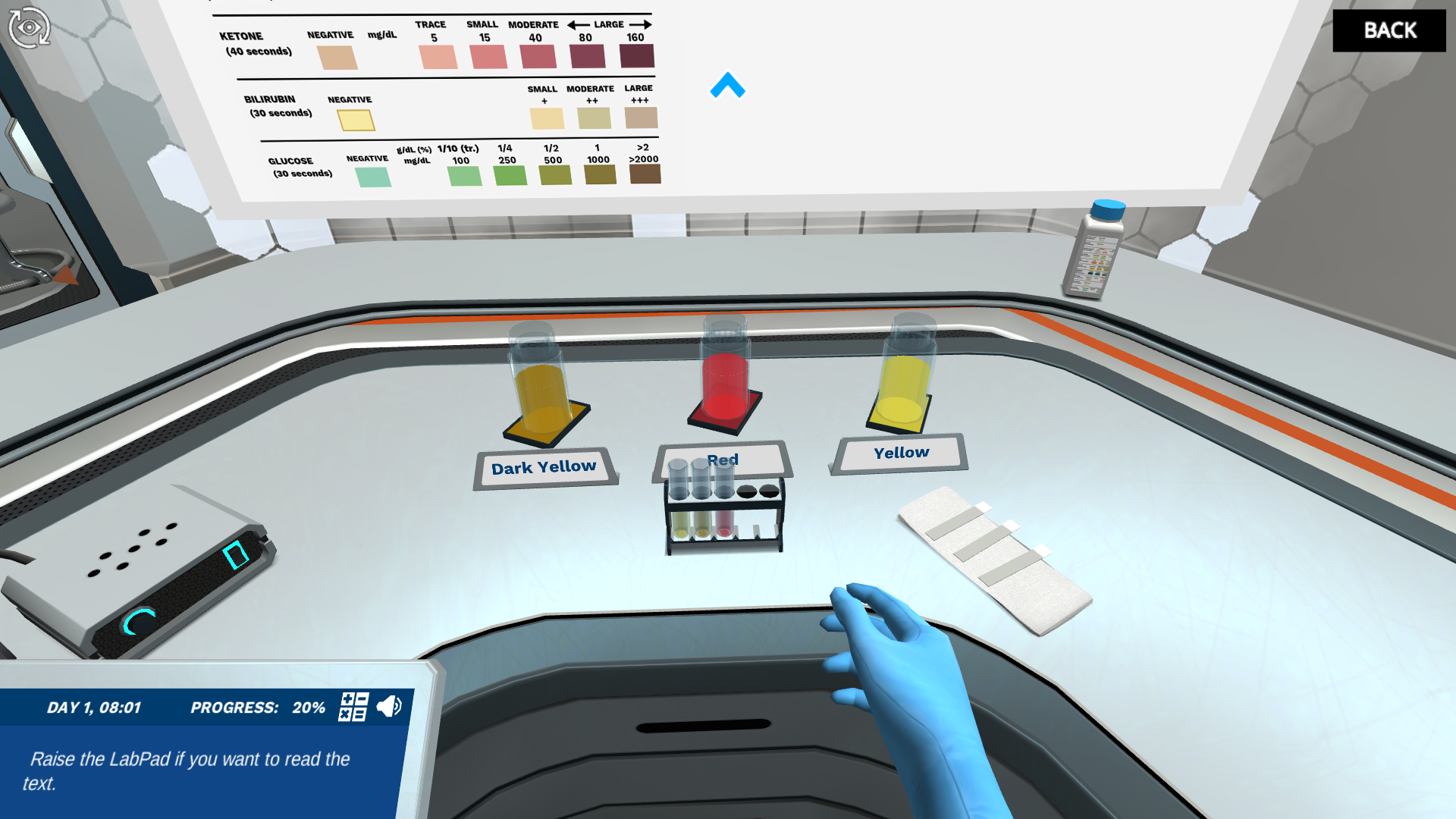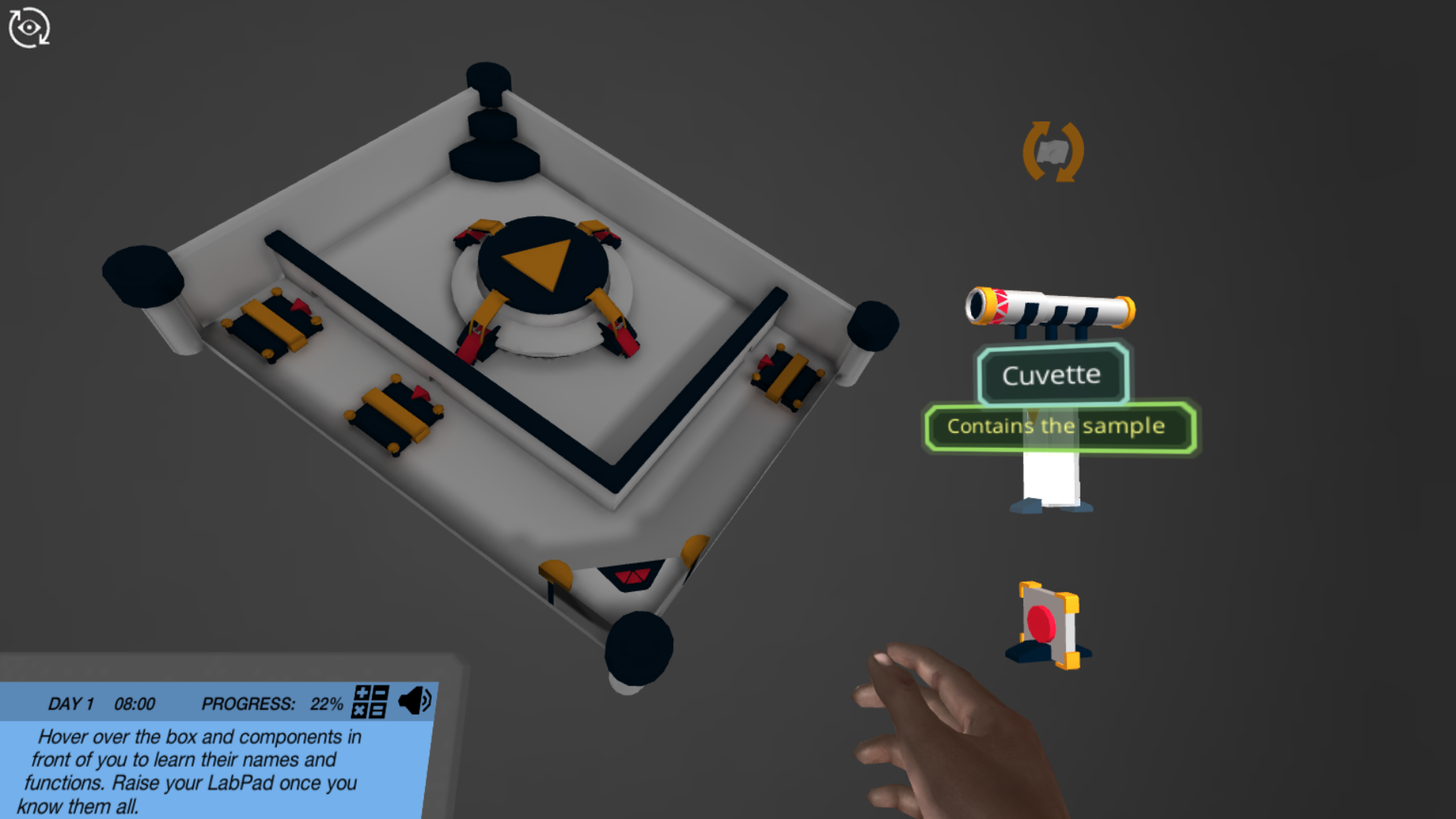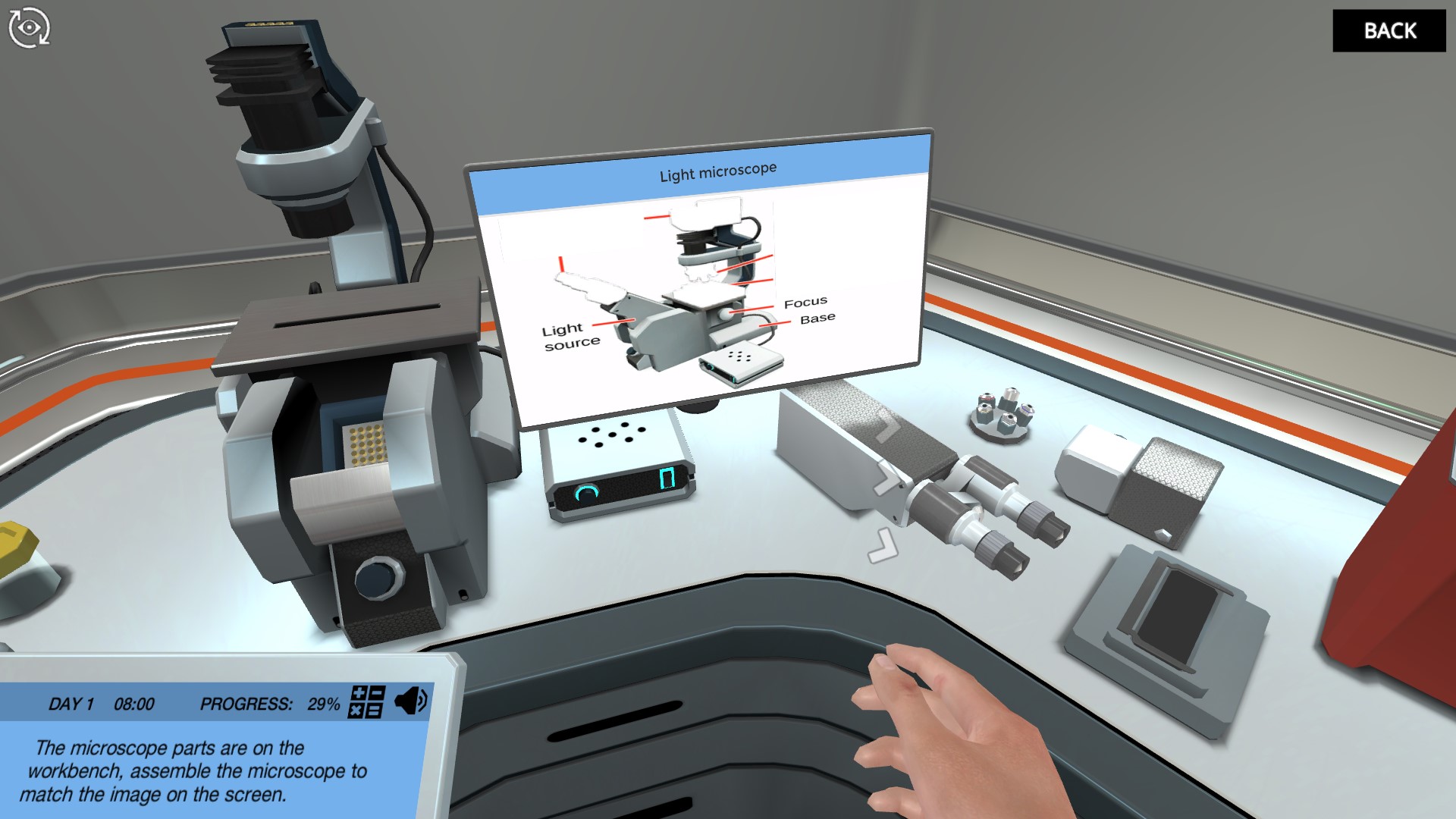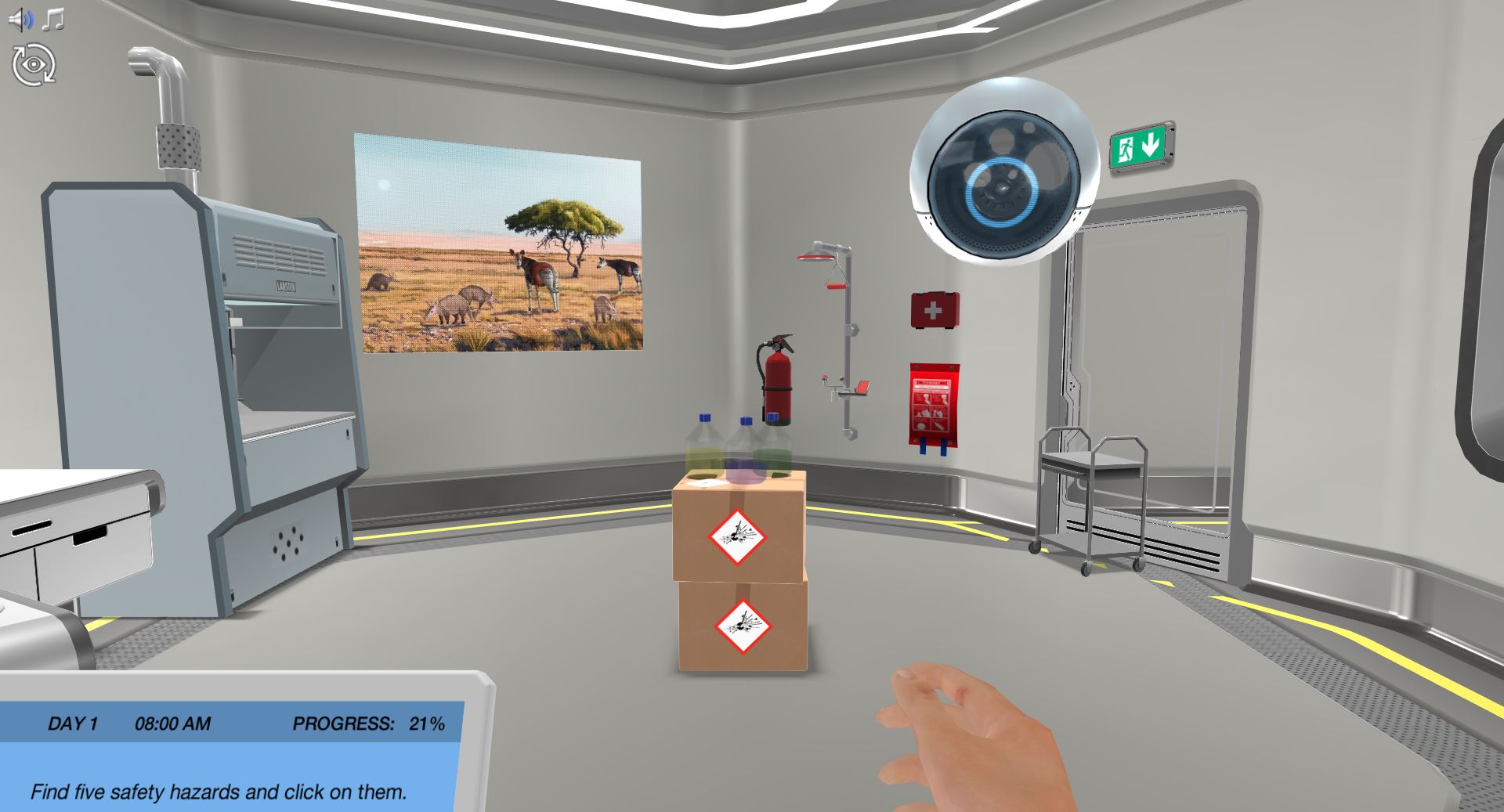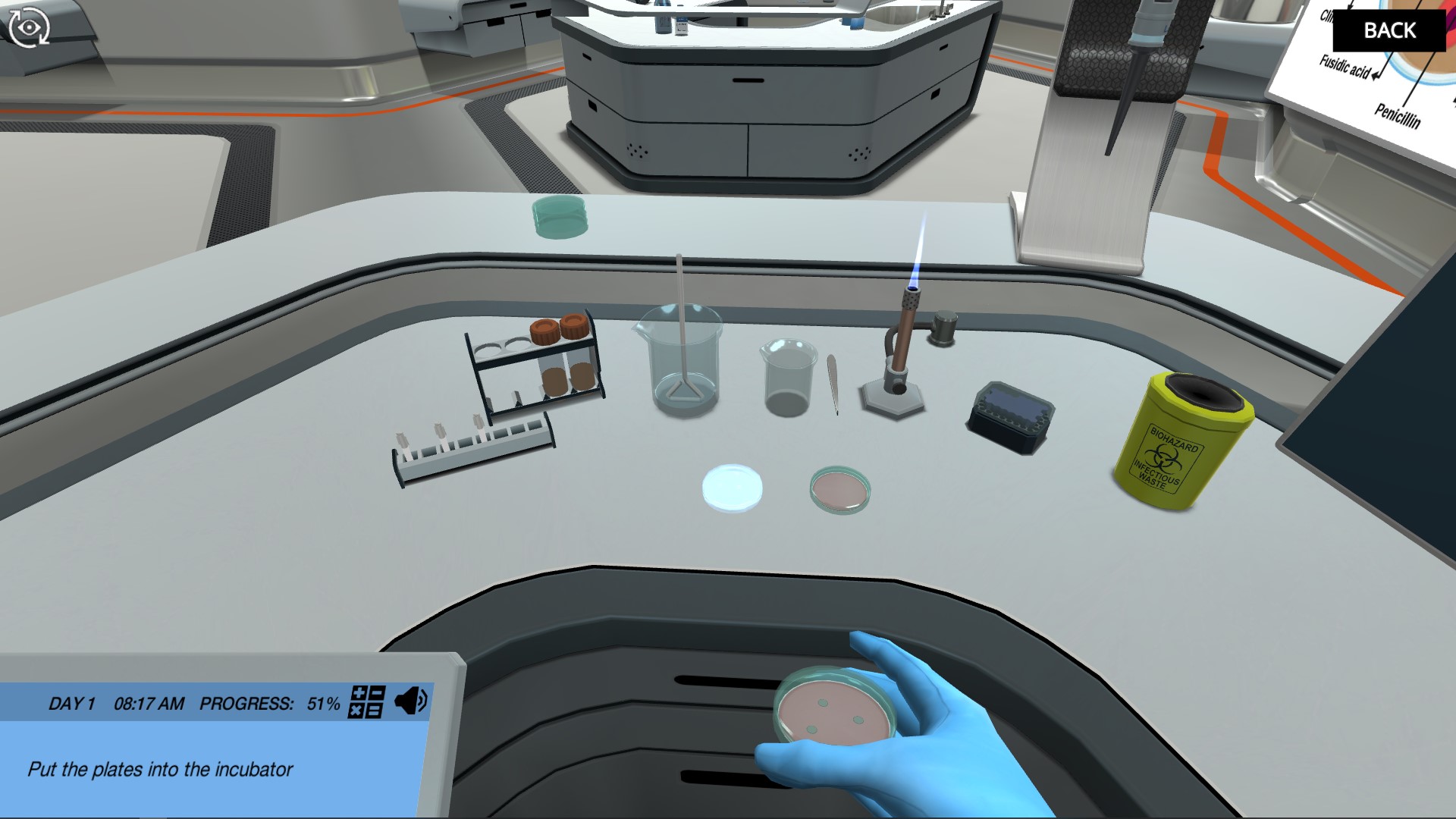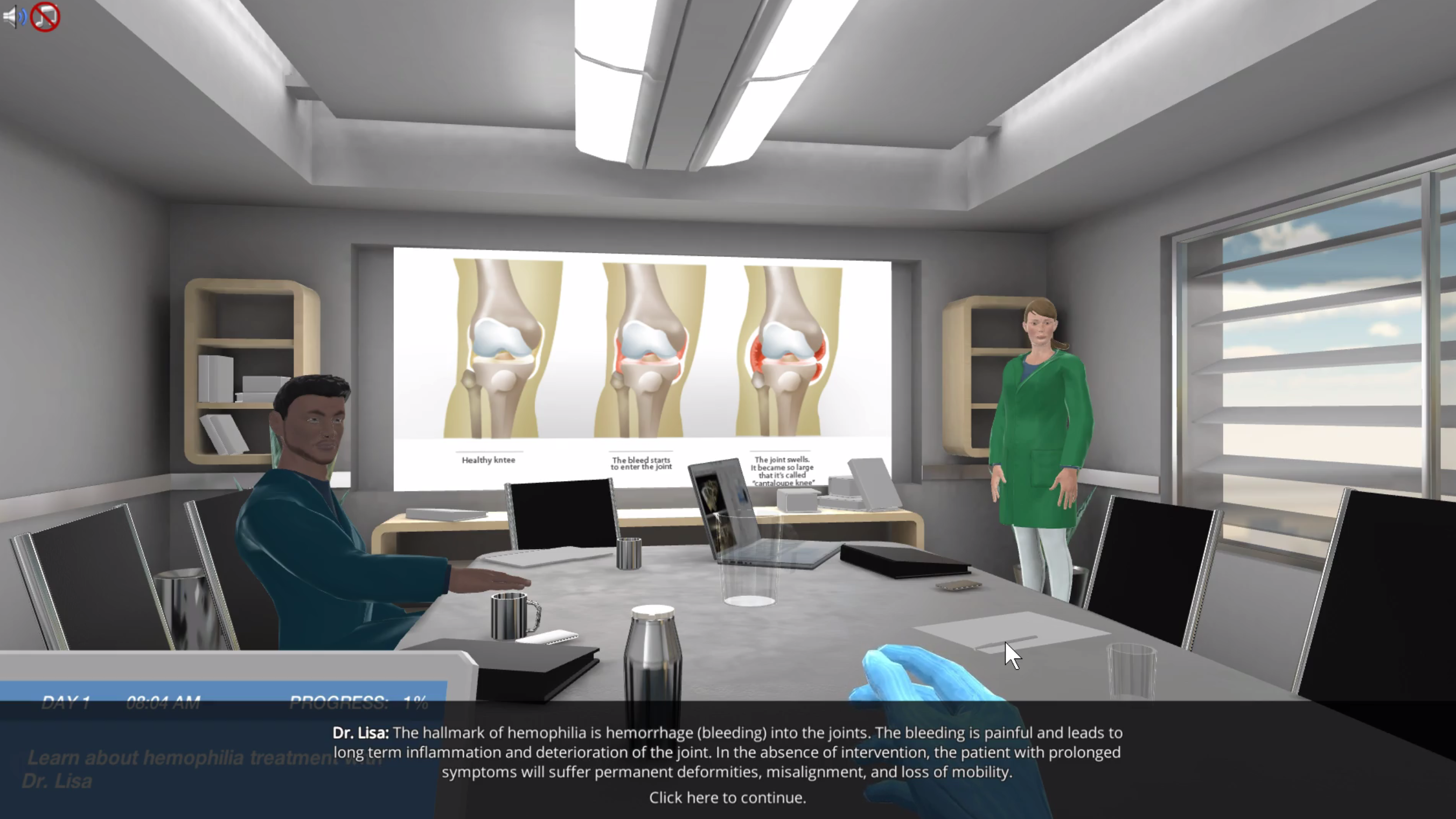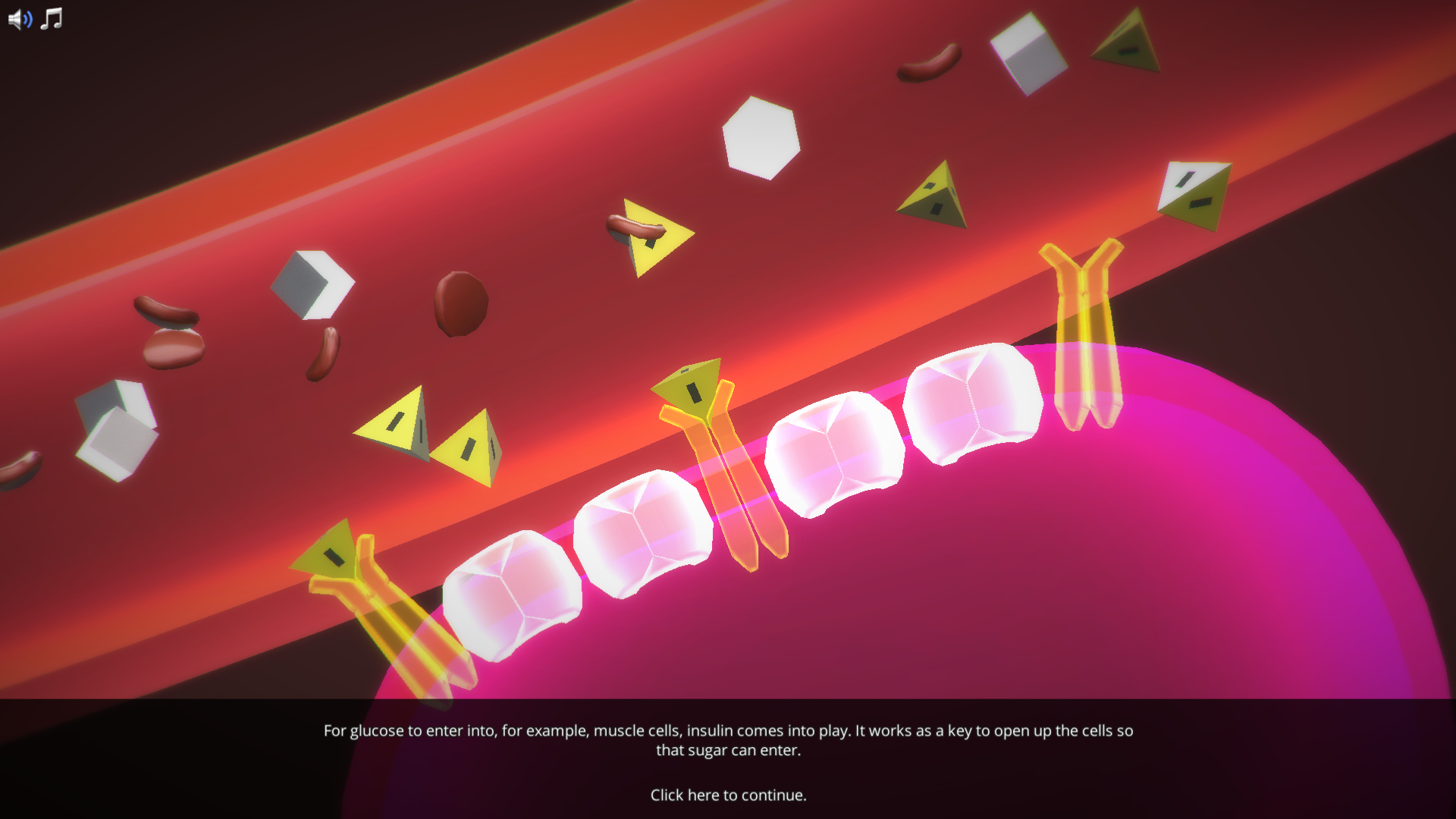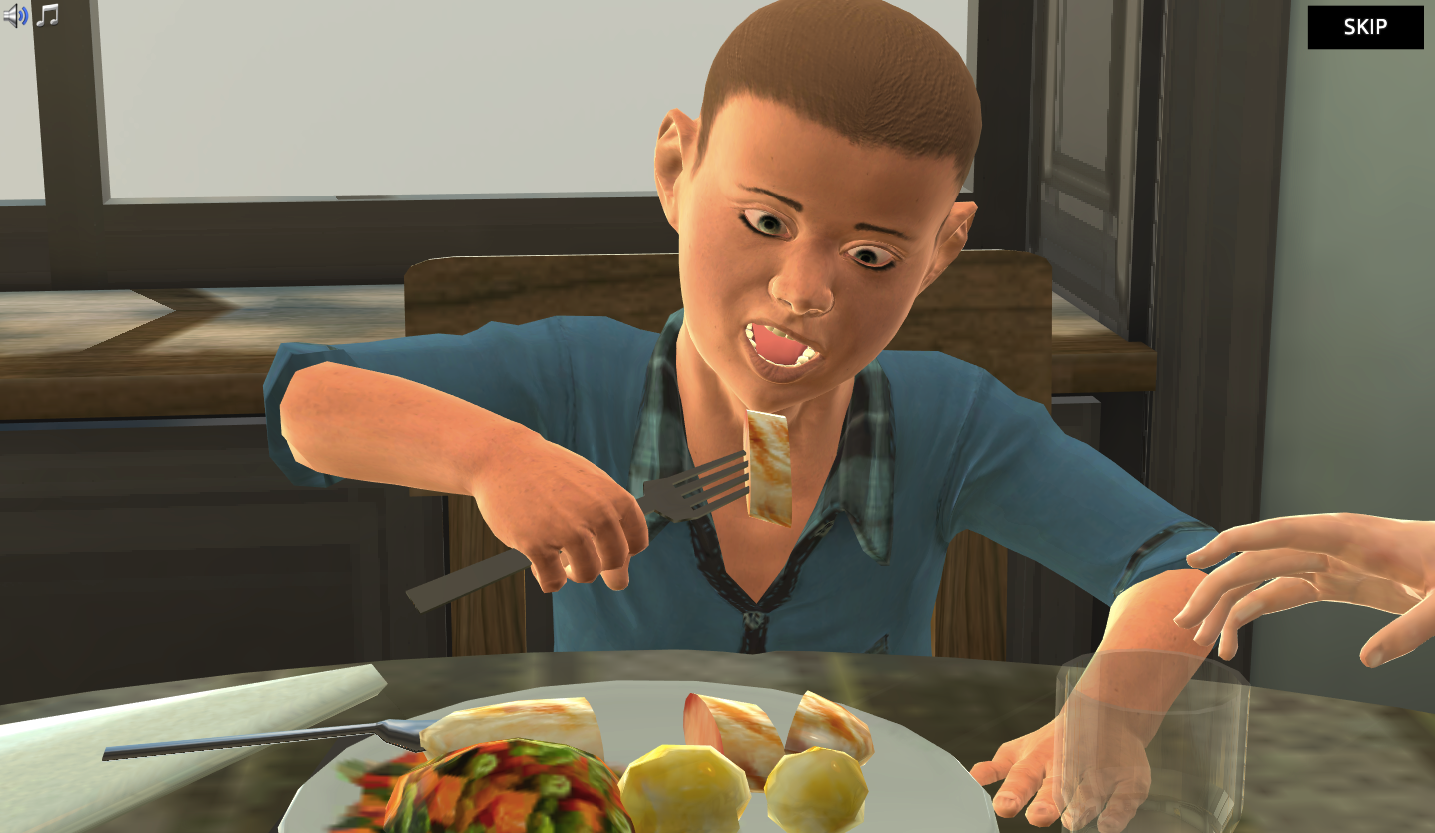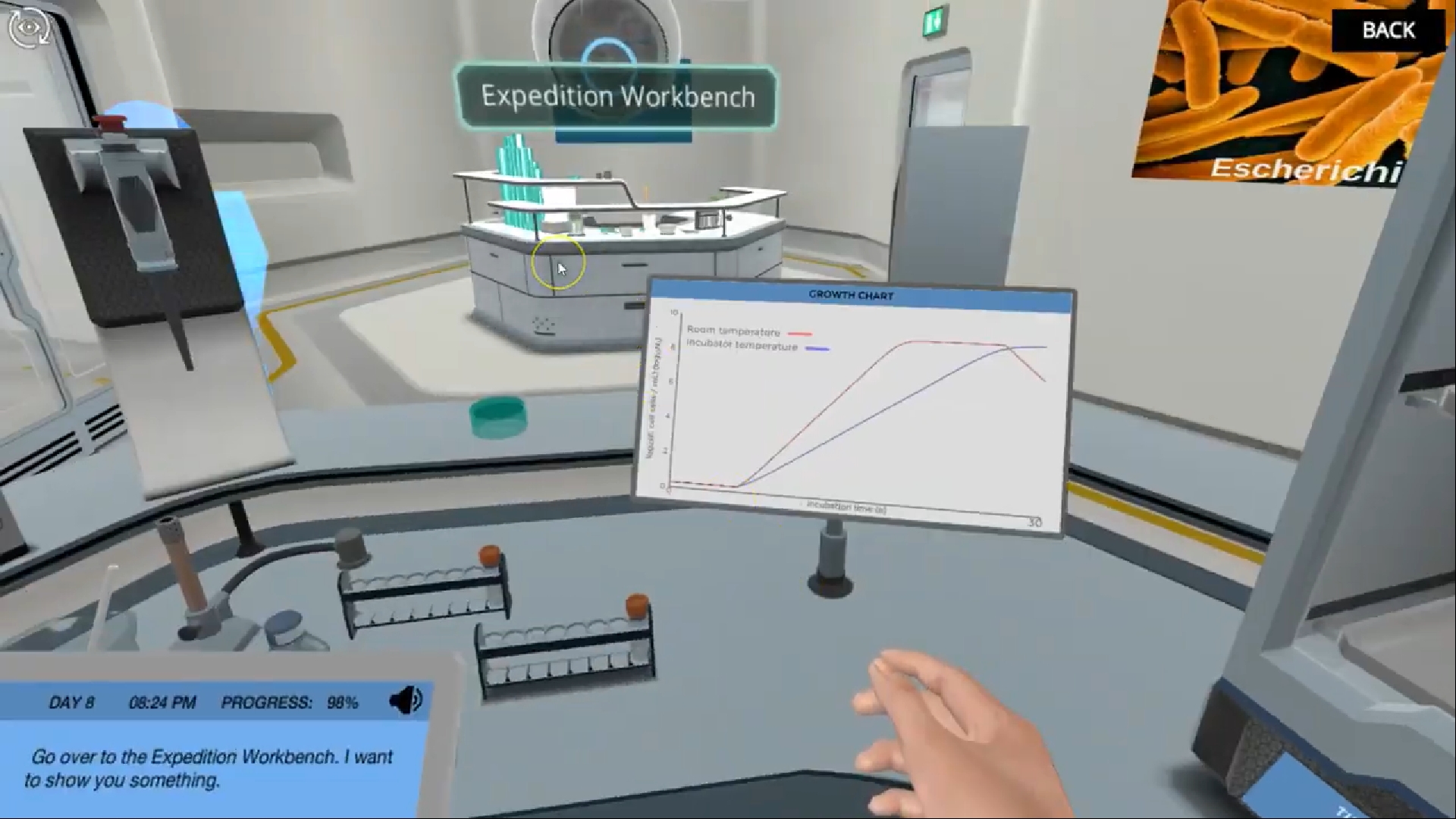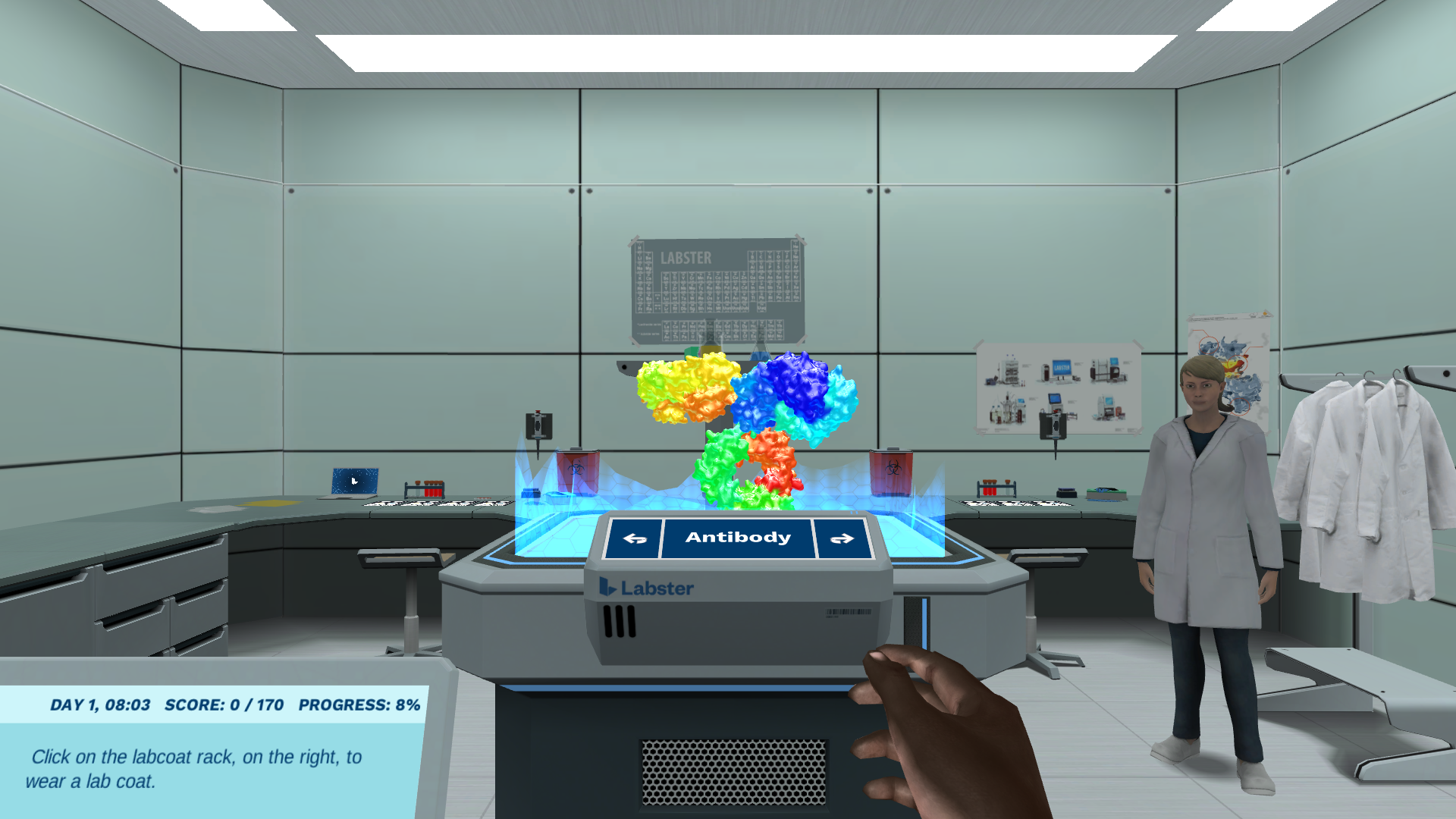Medical Laboratory Technology
Collection Simulations
Urinalysis: Analyze urine to suggest a diagnosis
Perform the three stages of urinalysis on a variety of urine samples collected from patients. Apply your knowledge of urine's macroscopic, chemical, and microscopic properties to interpret the urinalysis results and suggest a plausible diagnosis.
Aseptic Technique: Culture your sample without contamination
Help a microbiologist prepare a pure culture that can be used to identify a microbe causing an infection! Use good aseptic technique to avoid contamination of the sample, ensure your own safety, and avoid surprise fires in the lab.
Spectrophotometry: Learn the Beer-Lambert law with absorbance experiments
Build your own spectrophotometer to measure the absorbance of a reaction product on Mars!
Light Microscopy
Enter the virtual microscope room to see inside a tissue sample. Learn how a light microscope can magnify an image and answer biological questions.
Lab Safety
Survive your first day in the lab by identifying the different hazards you might encounter in an unsafe laboratory. You will be introduced to the lab dress code, safety equipment and the do's and don'ts when working in a lab.
Hematology: Introduction to Blood
Explore the morphology of different types of blood cells and differentiate them via Giemsa staining. Separate the components of blood and analyze the results of blood samples using an automated hematology analyzer.
Control of Microbial Growth: Explore decontamination and selective toxicity
A dental patient’s recurrent infection is becoming dangerously septic. Your task is to investigate the cause using diffusion disc assays and prevent further cases by exploring sterilization, decontamination & selectively toxic infection control methods.
ELISA
Help a scientist detect and quantify proteins by using one of the most popular techniques in molecular biology.
Diabetes
Learn the basics of Type II diabetes.
Polymerase Chain Reaction
Learn the techniques and application of Polymerase Chain Reaction and Gel Electrophoresis. Explore a real-world application, such as analyzing unique genetic fingerprints to solve a murder case.
Bacterial Quantification by Culture
Use the serial dilution technique to quantify the effect of a novel antibiotic compound on bacterial growth.
Bacterial Isolation
Learn about the proper techniques of isolating single colonies from a culture sample, how to use aseptic techniques and how to perform plate streaking.
Bacterial Growth Curves: Experiment with bacterial growth
Learn about the mind-boggling speed of exponential growth and test how different growth conditions affect bacterial growth.
Antibodies: Why are some blood types incompatible?
Learn about the concepts of antibodies and antigens, as well as the ABO and Rhesus blood grouping systems and their importance in blood transfusions. Then, you will help a young couple determine a potential risk for Rhesus disease in their unborn child.
Boost STEM Pass Rates
Boost Learning with Fun
75% of students show high engagement and improved grades with Labster
Discover Simulations That Match Your Syllabus
Easily bolster your learning objectives with relevant, interactive content
Place Students in the Shoes of Real Scientists
Practice a lab procedure or visualize theory through narrative-driven scenarios



